DME, or Distance Measuring Equipment, is a cornerstone of aviation navigation. Pilots, air traffic controllers, and aviation professionals rely on DME to calculate precise distances between aircraft and ground-based stations, making DME an irreplaceable tool in ensuring safe and efficient flights. In the complex world of aviation, where split-second decisions and accurate positioning can mean the difference between a smooth journey and a potential hazard, DME stands out as a reliable, time-tested solution. Whether navigating through busy airspace, approaching a runway, or cruising over remote terrain, DME provides the real-time distance data that keeps flights on track. This blog will delve into every aspect of DME—from its basic functionality to its role in modern aviation, its benefits over other systems, and why choosing the right DME equipment is crucial for your operations. By the end, you’ll understand why DME remains a vital component of aviation technology, and how leveraging DME can enhance safety, efficiency, and reliability for your fleet.
What is DME in Aviation?
DME, short for Distance Measuring Equipment, is a radio navigation system used in aviation to determine the slant range distance between an aircraft and a ground-based DME station. DME works by sending and receiving radio signals, allowing pilots to calculate their exact distance from the station in nautical miles (NM). Unlike other navigation tools that focus on direction, DME is all about distance—making DME a unique and essential piece of equipment for both commercial and general aviation.
At its core, DME operates on the principle of time measurement. When an aircraft’s DME transceiver sends a signal to a ground DME station, the station immediately responds. The time it takes for the signal to travel to the station and back is measured by the aircraft’s DME system, which then converts that time into distance. Since radio waves travel at a constant speed (approximately 186,000 miles per second), DME can calculate distance with remarkable accuracy—usually within 0.1 NM, even at high altitudes and speeds.
DME is often paired with other navigation systems like VOR (VHF Omnidirectional Range) or ILS (Instrument Landing System), creating integrated systems like VOR/DME or ILS/DME. This pairing allows pilots to determine both direction (from VOR or ILS) and distance (from DME), giving them a complete picture of their position relative to key waypoints or airports. For example, when approaching an airport, a pilot using VOR/DME can follow the VOR’s directional guidance while using DME to know exactly how far they are from the airport’s VOR/DME station, ensuring they begin their descent at the correct point.
DME is not just for large commercial jets; it’s also widely used in small general aviation aircraft, helicopters, and even military planes. DME’s simplicity, reliability, and cost-effectiveness make DME accessible to all types of operators, from private pilots to major airlines. Whether you’re flying a single-engine Cessna or a Boeing 787, DME provides the distance data you need to navigate with confidence.
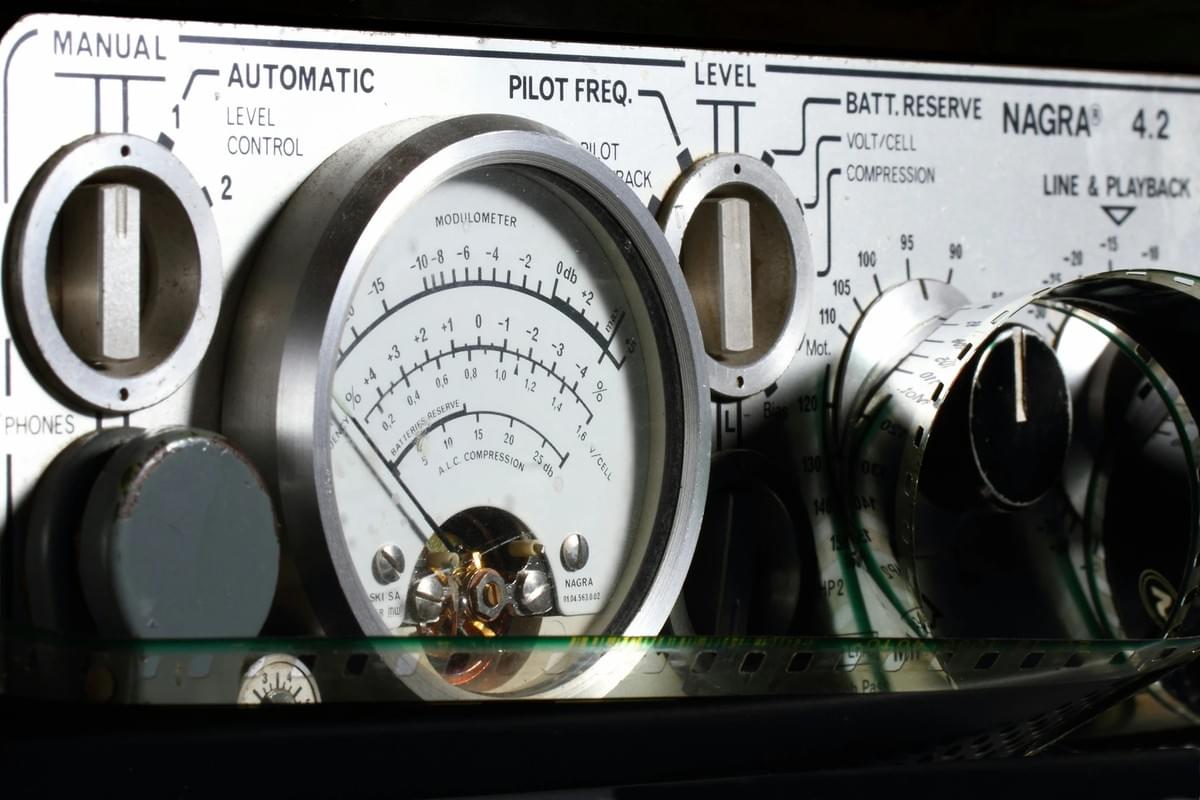
How Does DME Work?
To fully grasp the value of DME, it’s essential to understand how DME works. DME operates on ultra-high frequency (UHF) radio waves, specifically in the 960–1215 MHz range, which is reserved for aviation use. This frequency range is chosen because it minimizes interference from other radio signals and allows DME signals to travel long distances with minimal degradation.
The DME system consists of two main components: the airborne DME transceiver and the ground-based DME station. Let’s break down the process step by step:
- Signal Transmission: The aircraft’s DME transceiver sends out a series of pulsed radio signals. These pulses are unique to DME, ensuring they’re not confused with signals from other systems. The pulses are sent in pairs, with a specific time interval between each pair, to help the ground station recognize them as DME signals.
- Ground Station Response: When the ground-based DME station receives the aircraft’s signal, it immediately transmits a reply signal. This reply is also a series of pulsed signals, timed to match the pattern of the incoming signal. The ground DME station is designed to handle multiple aircraft simultaneously, so it can process and respond to signals from dozens of planes at once without interference.
- Time Measurement: The aircraft’s DME transceiver measures the time elapsed between sending its signal and receiving the reply from the ground station. Since radio waves travel at a known speed (about 300,000 kilometers per second), the DME system can calculate the distance using the formula: Distance (NM) = (Time in microseconds × 0.0001667). This conversion factor accounts for the round-trip travel time of the signal (to the station and back) and converts it into nautical miles.
- Distance Display: The calculated distance is then displayed on the aircraft’s navigation panel, usually as a number readout in nautical miles. Some advanced DME systems also display groundspeed and time-to-station, which are derived from continuous distance measurements. For example, if the DME shows a distance of 40 NM and the aircraft is approaching the station at 240 knots, the time-to-station would be 10 minutes (40 NM ÷ 4 NM per minute).
DME’s accuracy is one of its greatest strengths. Even at speeds exceeding 600 mph (typical for commercial jets), DME can maintain distance readings within 0.1 NM. This precision is critical during approaches, where knowing the exact distance from the runway can prevent overshooting or undershooting the landing zone. Additionally, DME is not affected by weather conditions like rain, fog, or clouds, making DME a reliable tool in all types of weather.
DME in Every Flight Phase
DME plays a vital role in every phase of flight, from pre-takeoff preparations to landing. Let’s explore how DME is used in each stage, highlighting why DME is indispensable for pilots.
Pre-Takeoff and Taxiing
Before takeoff, pilots use DME to verify their position relative to nearby DME stations. During taxiing, DME can help confirm that the aircraft is on the correct taxiway, especially in large airports with complex layouts. For example, if an airport has a DME station near the runway threshold, the pilot can check the DME reading to ensure they’re lined up correctly before takeoff. DME also helps in coordinating with air traffic control (ATC), as controllers often reference DME distances when giving taxi instructions: “Cleared to taxi to Runway 27, maintain DME 1.5 from the control tower.”
Takeoff and Climb
During takeoff, DME provides real-time distance data as the aircraft climbs. This helps pilots adhere to noise abatement procedures, which often require reaching specific altitudes at certain DME distances from the airport. For instance, a procedure might state, “Climb to 3,000 feet by DME 5 from the airport.” Pilots can monitor the DME readout to ensure they meet these requirements, avoiding fines and reducing noise pollution in surrounding areas. DME also helps in maintaining separation from other aircraft during the climb phase, as ATC can use DME distances to assign vertical or horizontal spacing: “Maintain DME 10 from the departure station, then turn left heading 360.”
Cruising
In cruise flight, DME is essential for staying on course and maintaining separation from other aircraft. Many airways—designated routes in the sky—are defined using DME distances from VOR or DME stations. For example, “Airway J55 runs from VOR/DME Station A at DME 0 to VOR/DME Station B at DME 120.” Pilots use DME to ensure they’re within the airway’s boundaries, which are often 5 NM wide on either side of the centerline. DME also helps in calculating fuel consumption, as knowing the distance to the next waypoint allows pilots to estimate how much fuel will be used, preventing fuel shortages. Additionally, DME is critical for holding patterns—circular flight paths used when an airport is busy. A typical holding pattern might be “Hold at DME 10 from the station, left turns, 1-minute legs.” Pilots use DME to stay within the holding area, ensuring they don’t drift into restricted airspace.
Descent and Approach
During descent and approach, DME becomes even more critical. Instrument Approach Procedures (IAPs) often rely on DME to define key points along the approach path. For example, a “DME Arc” approach requires the aircraft to fly a circular path around a DME station at a specific distance (e.g., 10 NM) until reaching the final approach course. Pilots use DME to stay on the arc, adjusting their heading as needed to maintain the correct distance. DME is also used to identify decision heights (DH) or minimum descent altitudes (MDA) on precision and non-precision approaches. For instance, “At DME 2.5, minimum descent altitude is 800 feet.” Pilots reference the DME to know when they must decide to land or go around if the runway is not visible.
Landing and Rollout
Even after landing, DME continues to be useful. During rollout, pilots can use DME to confirm their distance from the runway threshold, ensuring they exit at the correct taxiway. For example, “Exit Runway 36 at Taxiway C, located at DME 0.8 from the threshold.” This helps prevent runway incursions, a leading cause of aviation accidents. DME also assists in post-flight debriefs, as pilots can review DME data to analyze their approach and landing performance, identifying areas for improvement.
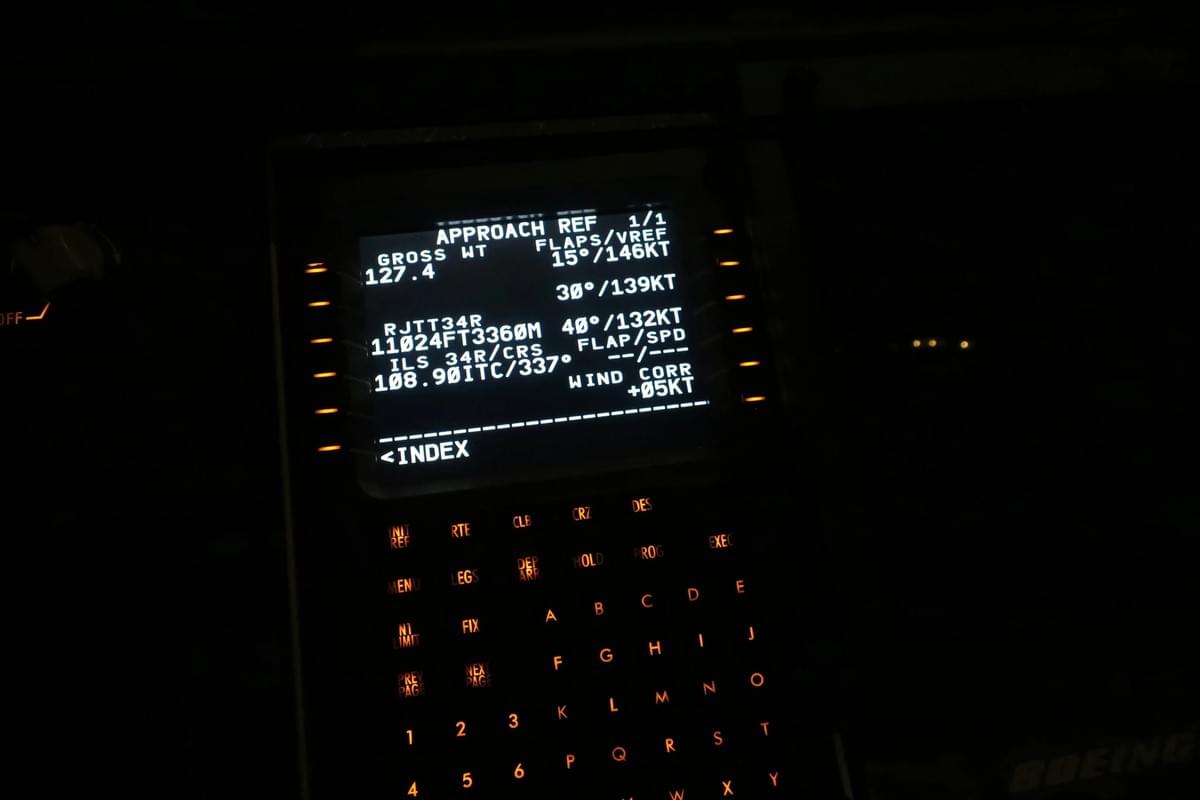
DME vs. Other Navigation Systems
While there are several navigation systems in aviation, DME stands out for its unique focus on distance measurement. Let’s compare DME to other common systems to understand why DME remains irreplaceable.
DME vs. GPS
GPS (Global Positioning System) is a satellite-based navigation system that provides position, velocity, and time data. While GPS can calculate distance to waypoints, DME offers distinct advantages:
- Reliability: DME is ground-based, so it’s not affected by satellite signal loss or interference, which can occur in mountainous areas, urban canyons, or during solar flares. In contrast, GPS signals are weaker and more prone to disruption.
- Accuracy in Close Proximity: DME is highly accurate when close to the ground station (within 50 NM), making DME ideal for approaches and landing. GPS accuracy can degrade near the ground due to multipath interference (signals bouncing off buildings or terrain).
- Independence: DME operates independently of external networks, while GPS relies on a constellation of satellites maintained by government agencies. In the event of a GPS outage, DME serves as a backup, ensuring pilots can still navigate.
That said, DME and GPS often work together. Many modern aircraft use GPS for long-range navigation and DME for short-range precision, creating a redundant system that enhances safety.
DME vs. VOR
VOR (VHF Omnidirectional Range) is a ground-based system that provides directional information, telling pilots their bearing from the VOR station. DME and VOR are frequently paired as VOR/DME stations, but they serve different purposes:
- VOR: Focuses on direction, showing the pilot their radial (angle) from the station (e.g., “On the 090 radial from Station X”).
- DME: Focuses on distance, showing how far the aircraft is from the station (e.g., “DME 25 from Station X”).
Together, VOR and DME provide a “fix”—a precise position in the sky (radial + distance). This combination is essential for navigating airways and executing instrument approaches, making VOR/DME stations a staple of aviation infrastructure.
DME vs. ILS
ILS (Instrument Landing System) is a precision approach system that guides aircraft to the runway using lateral (localizer) and vertical (glideslope) signals. DME is often integrated into ILS systems (ILS/DME) to add distance data:
- ILS: Provides guidance along the final approach path, ensuring the aircraft is aligned with the runway and descending at the correct angle.
- DME: Adds distance markers, such as “Outer Marker” (typically DME 6) and “Inner Marker” (DME 0.5), which help pilots track their progress during the approach.
Without DME, pilots would rely on timing or visual markers, which are less accurate. ILS/DME systems are thus critical for low-visibility approaches, where precision is paramount.
DME vs. TACAN
TACAN (Tactical Air Navigation) is a military navigation system that combines distance measurement (like DME) and bearing (like VOR). While TACAN is similar to VOR/DME, it operates on UHF frequencies and is used primarily by military aircraft. Civilian DME can interoperate with TACAN stations (called “DME/TACAN”), allowing civilian pilots to use military ground stations for distance measurement. This interoperability expands the reach of DME, making DME a versatile tool for both civil and military aviation.
Benefits of Using DME in Aviation
DME offers a multitude of benefits that make DME a must-have for any aviation operation. Here are the key advantages:
Enhanced Safety
Safety is the top priority in aviation, and DME contributes to it in several ways:
- Precise Distance Data: DME eliminates guesswork, ensuring pilots know their exact distance from critical points (runways, waypoints, restricted airspace). This prevents collisions and ensures compliance with air traffic control instructions.
- Redundancy: As a ground-based system, DME serves as a backup for GPS and other satellite systems, ensuring navigation capability even if other systems fail.
- Low-Visibility Reliability: DME works in all weather conditions—fog, rain, snow, or darkness—making DME indispensable for instrument flight rules (IFR) operations, where visual references are unavailable.
Improved Efficiency
DME streamlines flight operations, saving time and fuel:
- Optimal Flight Paths: By knowing the exact distance to waypoints, pilots can adjust their speed and altitude to fly the most efficient route, reducing fuel consumption and flight time.
- Accurate Timing: DME’s time-to-station feature helps pilots meet schedule constraints, ensuring on-time arrivals and departures. This is especially important for commercial airlines, where delays can incur significant costs.
- Smoother Air Traffic Flow: ATC uses DME distances to assign spacing between aircraft, reducing congestion and minimizing holding patterns. This leads to more efficient use of airspace and fewer delays.
Cost-Effectiveness
DME is a cost-effective navigation solution compared to other systems:
- Lower Maintenance: DME ground stations are robust and require minimal maintenance, with a lifespan of 15–20 years. Airborne DME transceivers are also durable, reducing replacement costs.
- Wide Availability: DME stations are widespread, with thousands installed worldwide. This means operators don’t need to invest in new infrastructure to use DME—they can leverage existing stations.
- Compatibility: DME is compatible with older and newer aircraft, so operators don’t need to upgrade their entire fleet to use DME. This makes DME a flexible choice for both small and large aviation companies.
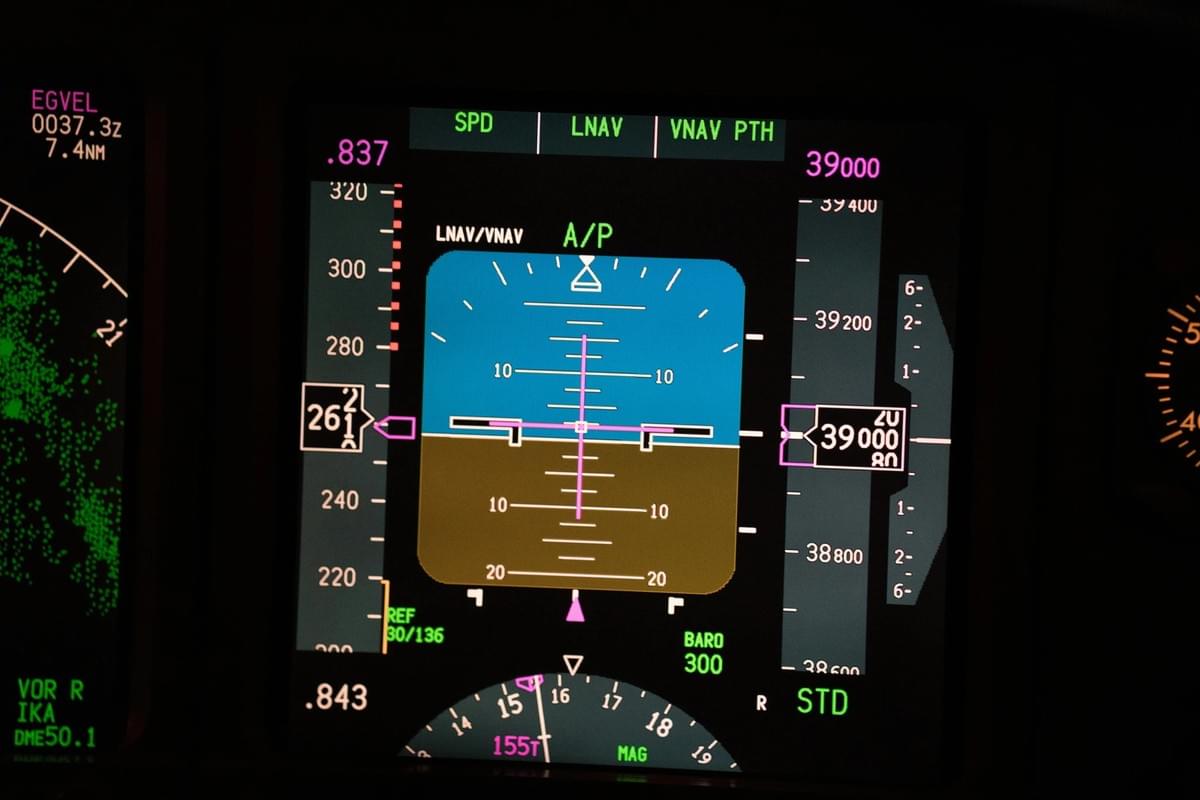
Key Components of DME Systems
A functional DME system relies on several key components, each playing a role in ensuring accurate distance measurement. Understanding these components helps in choosing the right DME equipment and maintaining it effectively.
Airborne DME Transceiver
The airborne DME transceiver is mounted on the aircraft and is responsible for sending signals to the ground station, receiving replies, and calculating distance. Key features include:
- Frequency Range: Operates in the 960–1215 MHz UHF band, with channels paired with VOR frequencies (for VOR/DME systems) or standalone DME channels.
- Power Output: Typically 10–50 watts, ensuring signals reach ground stations up to 199 NM away (the maximum range of most DME systems).
- Display Interface: Connects to the aircraft’s navigation display, showing distance, groundspeed, and time-to-station. Modern transceivers may include digital displays with high visibility in both day and night conditions.
- Compatibility: Works with all ground DME stations, regardless of manufacturer, ensuring interoperability across global aviation networks.
Ground-Based DME Station
Ground DME stations are installed at airports, waypoints, and along airways. They consist of:
- Transmitter/Receiver: Sends and receives radio signals, processing up to 100 aircraft signals simultaneously.
- Antenna System: Directional or omnidirectional antennas that transmit and receive signals. Omnidirectional antennas are common, allowing DME coverage in all directions.
- Control Unit: Monitors the station’s performance, detects faults, and sends alerts to maintenance teams if issues arise. Some units can be controlled remotely, reducing the need for on-site checks.
- Power Supply: Backup power systems (batteries or generators) ensure the DME station remains operational during power outages, a critical feature for safety.
DME Antennas
Antennas are essential for transmitting and receiving DME signals. Airborne antennas are usually mounted on the aircraft’s fuselage or wing, while ground station antennas are mounted on towers or rooftops. Key considerations include:
- Gain: Higher gain antennas transmit signals farther, extending the DME range. Ground station antennas often have higher gain to cover larger areas.
- Polarization: DME signals use vertical polarization, so antennas must be aligned vertically to maximize signal strength.
- Durability: Antennas must withstand harsh conditions—extreme temperatures, rain, snow, and vibration (for airborne antennas). High-quality antennas are made from corrosion-resistant materials like aluminum or stainless steel.
DME Display Units
The display unit shows the calculated distance to the ground station, along with additional data like groundspeed and time-to-station. Types include:
- Analog Displays: Traditional needle-based displays that show distance on a scale. These are common in older aircraft.
- Digital Displays: LED or LCD screens that show numerical values, making distance readings easier to interpret. Many digital displays also include graphical elements, such as progress bars for time-to-station.
- Integrated Displays: Part of a multifunctional display (MFD) that combines DME data with other navigation information (GPS, VOR, ILS). This reduces cockpit clutter and improves situational awareness.
Choosing the Right DME Equipment
Selecting the right DME equipment is crucial for ensuring reliable performance and meeting your operational needs. Here are key factors to consider:
Range Requirements
DME systems have different ranges, from short-range (up to 50 NM) to long-range (up to 199 NM). Choose based on your typical flight operations:
- Short-Range DME: Ideal for general aviation, helicopters, and regional flights that operate within 50 NM of airports.
- Long-Range DME: Better for commercial airlines and cargo carriers that fly long distances, requiring coverage over 100 NM.
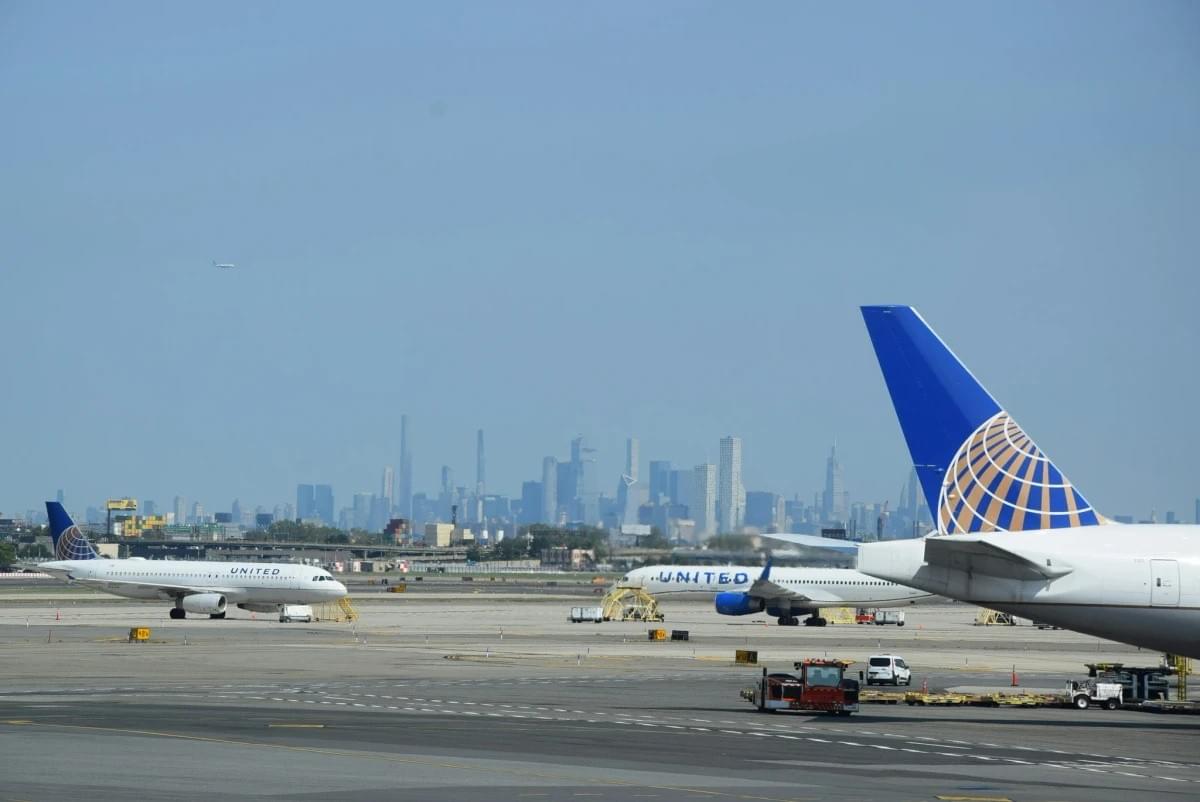
Compatibility
Ensure the DME equipment is compatible with your aircraft and existing systems:
- Aircraft Type: Smaller aircraft may require lightweight, compact DME transceivers, while larger jets can accommodate more powerful units.
- Integration with Other Systems: Look for DME transceivers that integrate with GPS, VOR, and ILS systems, creating a seamless navigation network.
- Regulatory Compliance: Ensure the DME equipment meets international standards, such as those set by the International Civil Aviation Organization (ICAO) and the Federal Aviation Administration (FAA). This ensures compatibility with global DME stations.
Reliability and Durability
Choose DME equipment known for reliability, especially if you operate in harsh environments:
- Weather Resistance: Airborne DME transceivers should withstand extreme temperatures (-55°C to +70°C), humidity, and vibration. Ground stations should resist corrosion and water damage.
- MTBF (Mean Time Between Failures): Look for units with a high MTBF (ideally 10,000+ hours), indicating fewer breakdowns and lower maintenance costs.
- Backup Features: Some DME transceivers include backup power supplies or redundant components, ensuring operation even if one part fails.
Manufacturer Support
Select a manufacturer with a strong reputation for support:
- Technical Support: Choose a manufacturer that offers 24/7 technical support, helping resolve issues quickly to minimize downtime.
- Warranty: Look for a warranty of at least 5 years for ground stations and 2–3 years for airborne equipment, covering parts and labor.
- Training: Manufacturers should provide training for pilots and maintenance crews on using and servicing the DME equipment, ensuring optimal performance.
Recommended DME Equipment
Leading manufacturers of DME equipment include:
- Haisen Aviation: Offers a range of DME transceivers and ground stations, known for accuracy and durability. Haisen’s DME systems are ICAO-compliant and compatible with all major aircraft types.
- Garmin: Provides integrated DME solutions that work with their GPS and navigation systems, ideal for modern aircraft.
- Collins Aerospace: Specializes in long-range DME systems for commercial airlines, with a focus on reliability and interoperability.
Haisen Aviation’s DME products stand out for their cost-effectiveness and ease of integration. Whether you need a short-range transceiver for a small aircraft or a long-range system for a commercial fleet, Haisen’s DME solutions are designed to meet your needs. Contact Haisen today to learn more about their DME products and how they can enhance your aviation operations.
Maintaining DME Systems: Best Practices
Proper maintenance is key to ensuring DME systems perform reliably. Follow these best practices to keep your DME equipment in top condition.
Regular Inspections
- Airborne DME Transceivers: Inspect monthly for physical damage, loose connections, and corrosion. Test the transceiver’s ability to send and receive signals using a test bench or ground station.
- Ground DME Stations: Conduct quarterly inspections of antennas, cables, and control units. Check for signs of wear, such as frayed cables or rusted components. Ensure the station’s power supply is stable and backup systems are functional.
Calibration
DME systems require periodic calibration to maintain accuracy:
- Airborne Units: Calibrate every 12–24 months, using certified test equipment to verify distance measurements. This ensures readings are within 0.1 NM of the actual distance.
- Ground Stations: Calibrate annually, adjusting signal strength and timing to match ICAO standards. This ensures the station responds correctly to aircraft signals and provides accurate distance data.
Software Updates
Keep DME software up to date:
- Airborne Transceivers: Install software updates to fix bugs, improve accuracy, and add new features (e.g., integration with GPS). Updates are often available through the manufacturer’s website or technical support.
- Ground Stations: Update control unit software to enhance signal processing and compatibility with newer airborne DME systems. This ensures the station can handle the latest aircraft transceivers.
Troubleshooting Common Issues
Address issues promptly to avoid downtime:
- Signal Loss: Check antenna connections and cable integrity. If the problem persists, test the transceiver or ground station with diagnostic tools to identify faulty components.
- Inaccurate Readings: Calibrate the system and check for interference from other radio signals. In some cases, relocating the antenna (for ground stations) can reduce interference.
- Overheating: Ensure the airborne transceiver is properly ventilated. Clean air filters and check cooling fans to prevent overheating, which can damage internal components.
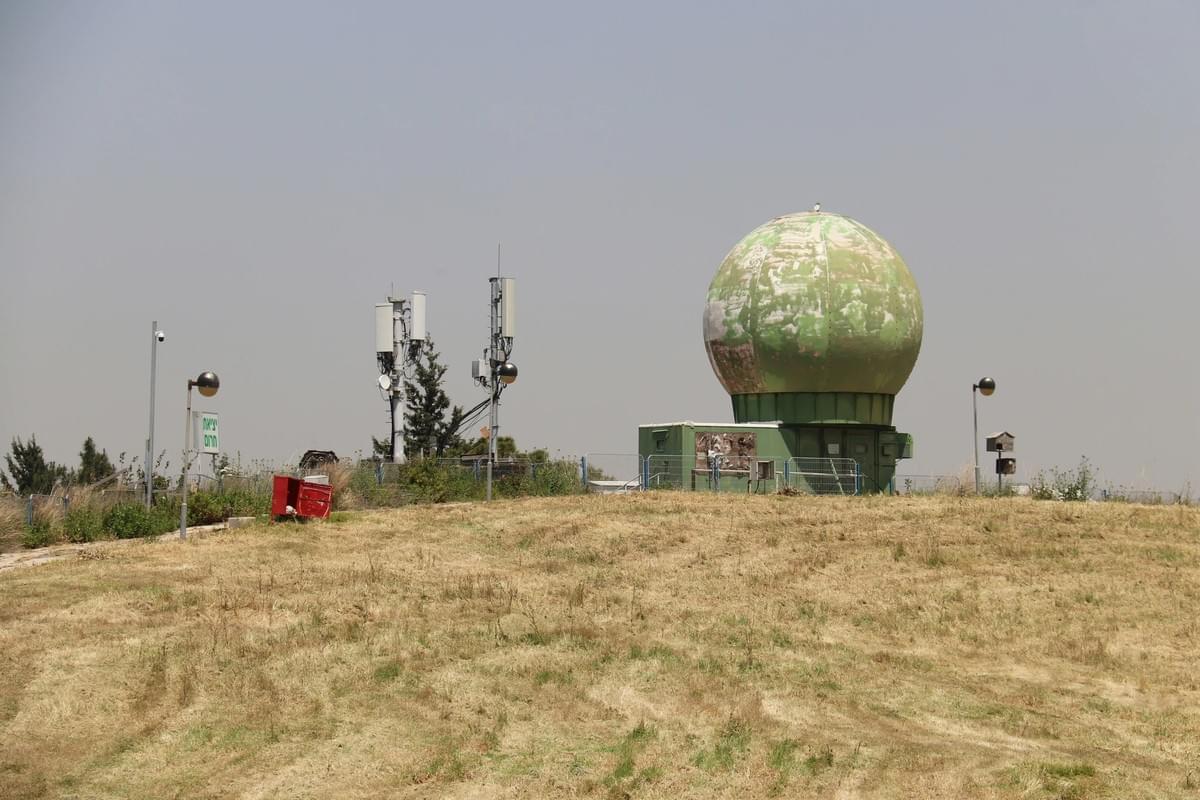
DME Regulations and Standards
DME systems are governed by international regulations and standards to ensure consistency and safety across global aviation. Familiarizing yourself with these standards is essential for compliance.
ICAO Standards
The International Civil Aviation Organization (ICAO) sets global standards for DME in Annex 10 to the Convention on International Civil Aviation. Key requirements include:
- Frequency Range: DME must operate in the 960–1215 MHz range, with specific channel spacing to prevent interference.
- Accuracy: DME distance measurements must be accurate to within ±0.25 NM or 3% of the distance (whichever is larger) for distances up to 100 NM, and ±0.5 NM or 3% for distances over 100 NM.
- Signal Format: DME signals must use pulsed pairs with specific intervals (12 μs between pulses in a pair) to ensure recognition by ground stations.
FAA Regulations
In the United States, the Federal Aviation Administration (FAA) regulates DME under Title 14 of the Code of Federal Regulations (CFR) Part 97 and Part 139. Key requirements include:
- Certification: DME equipment must be FAA-certified before installation on aircraft or at ground stations.
- Maintenance: Ground DME stations must undergo regular inspections and calibration to maintain FAA approval.
- Performance: DME systems must meet minimum performance standards during flight tests, including operation in extreme weather conditions.
European Union Aviation Safety Agency (EASA) Standards
EASA regulates DME in Europe, with standards aligned with ICAO but with additional requirements for environmental performance. EASA-certified DME equipment must:
- Reduce Emissions: Ground stations must use energy-efficient components to minimize carbon footprint.
- Noise Reduction: Airborne DME transceivers must operate at low noise levels to avoid interfering with other aircraft systems.
Why Choose Haisen for Your DME Needs
When it comes to DME equipment, Haisen Aviation is a trusted partner for aviation operators worldwide. Here’s why Haisen stands out:
- Proven Reliability: Haisen’s DME systems are tested in extreme conditions, from desert heat to arctic cold, ensuring they perform reliably in any environment. With a 99.9% uptime rate, Haisen’s DME equipment minimizes downtime and keeps your operations running smoothly.
- Cutting-Edge Technology: Haisen invests in research and development to stay ahead of industry trends. Their latest DME transceivers feature AI-powered signal processing, enhancing accuracy and reducing interference. Haisen’s ground stations integrate with 5G networks, providing faster data transmission.
- Custom Solutions: Haisen works with clients to design DME systems tailored to their needs. Whether you need a short-range transceiver for a small fleet or a long-range system for commercial jets, Haisen delivers customized solutions that fit your budget and requirements.
- Exceptional Support: Haisen’s team of aviation experts provides 24/7 technical support, helping with installation, calibration, and troubleshooting. They also offer training programs to ensure your team can maximize the benefits of Haisen’s DME equipment.
Don’t compromise on navigation safety and efficiency. Contact Haisen Aviation today to learn more about their DME products and how they can enhance your operations. Request a quote, schedule a demo, or speak with a specialist—take the first step toward better aviation navigation with DME.
Conclusion
DME, or Distance Measuring Equipment, is an indispensable tool in aviation, providing precise distance data that ensures safe, efficient, and reliable flights. From takeoff to landing, DME plays a role in every phase of flight, complementing other navigation systems and serving as a critical backup. With its reliability, cost-effectiveness, and widespread availability, DME remains a cornerstone of aviation technology.
Whether you’re a private pilot, a commercial airline operator, or an aviation maintenance provider, understanding DME and leveraging the right DME equipment is key to success. By choosing high-quality DME systems—like those offered by Haisen Aviation—you can enhance safety, reduce costs, and improve operational efficiency.
Ready to upgrade your navigation capabilities with DME? Contact Haisen Aviation today. Their team will help you select the perfect DME solution for your needs, ensuring your fleet stays on course, on time, and safe. DME isn’t just a tool—it’s an investment in the future of your aviation operations.

